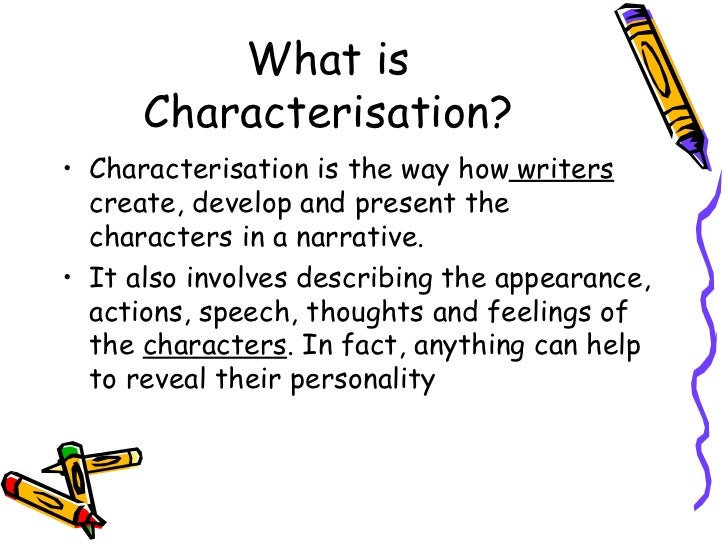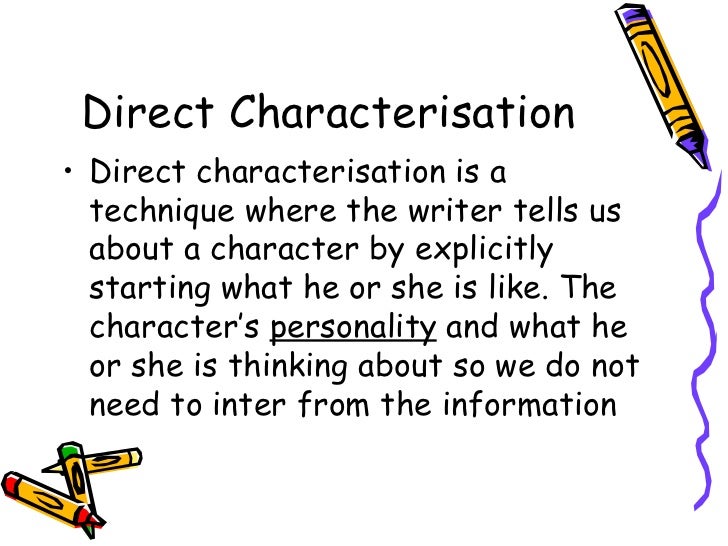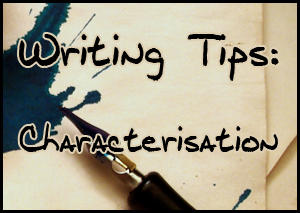Characterisation
As a characterization (Latin character from Greek character actually " branded, embossed characters " ) representation of a person referred to in narrative contexts. If this person is fictional, it is a fictional or literary figure.
This process is referred to as character portrayal so since the 18th century. Before the Enlightenment characterizations are very rare in European literature as figures previously described mainly as ideals or types. In turn, the use of characterization also serves as an allusion, to round off a character or character representation of a lichen development.
Attention is drawn to features of a person that are relevant for the assessment of their nature, their intentions, or their history, without describing them directly.
These points can be:
- Appearance (gender, age, body type, appearance, clothing)
- Social situation (job, social position, social relations )
- External behavior ( quirks, habits, behavior and practices, language and ways of speaking )
- Psychological behavior ( interests, problems, feelings, ways of thinking, attitudes, driving directions, problem orientation )
- Social conditioning and action ( How is the external and psychological behavior socially determined? How does it affect the environment? )
- Emotional and social relationships ( way of handling the people together )
A characteristic may, inter alia,
- Directly or indirectly
- Complete or incomplete
- Wrong or right
- Positive or negative
- Sides or one side
Be; but it must be objective.
- Literary term
- Applied Linguistics









